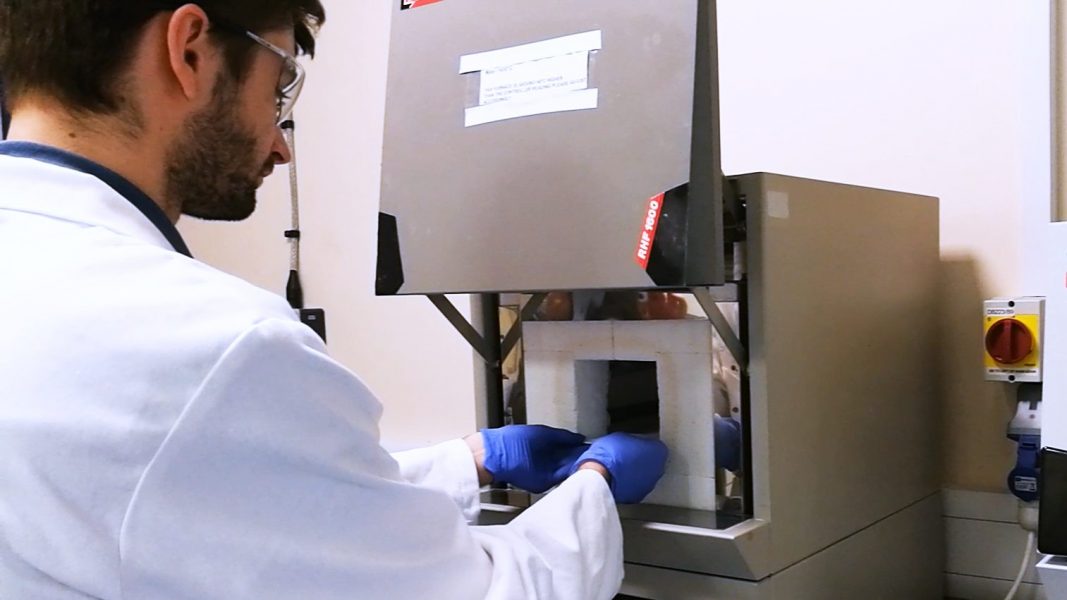Solid oxide fuel cells (SOFCs) are versatile, scalable, and efficient energy converters that can be used to generate electricity. However, their electrodes must be fabricated in efficient ways to make them cost-effective.
In a review in Advanced Energy Materials, Dr. Paul A. Connor and Prof. John T. S. Irvine from the University of St. Andrews and their co-workers discuss how to optimize electrode microstructures for SOFCs.
Dr. Paul A. Connor: Electrodes should be porous to let gas to flow in and out, and have both electronic and ionic conductivity, and be catalytically active for a fuel oxidation—all the while being stable under operating conditions up to 1000 ˚C. To achieve this, several electrode materials with different functionalities are normally used.
Dr. Xiangling Yue: Impregnation is a low-cost strategy to tailor the microstructure of SOFC electrodes, where active material is added to a porous scaffold via a liquid precursor, followed by calcination. The porous scaffold acts as a continuous conductive pathway, while the impregnated materials typically enhance the surface catalysis for fuel cell reactions, which leads to a significant improvement in performance. Most importantly, it allows new chemistries to be easily introduced and evaluated.
To learn more about tailoring the microstructure of SOFC electrodes, please visit the Advanced Energy Materials homepage.

















